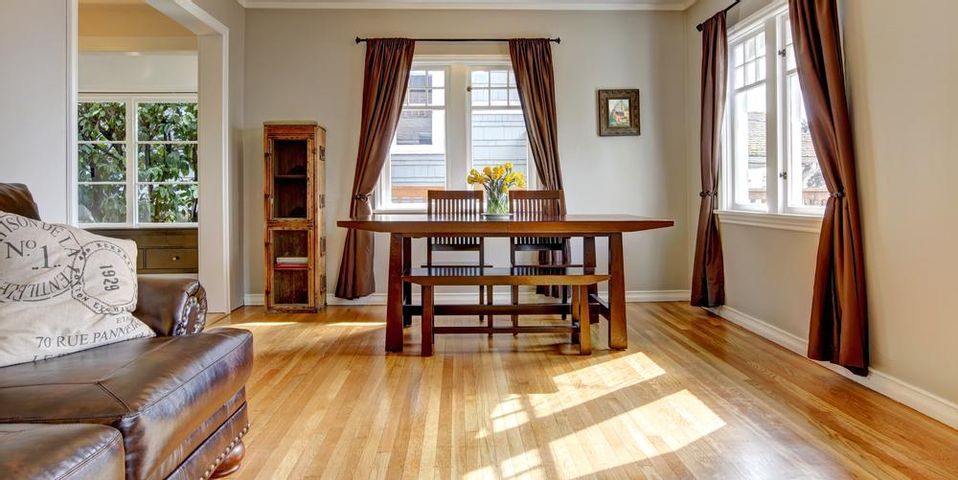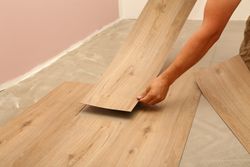
Vinyl flooring is popular among homeowners due to its durability, versatility, and minimal maintenance requirements. If you’re considering this option for your space, you may have many questions about the types available and how they’re created. In the guide below, learn more about vinyl floors before scheduling an installation.
How Is Vinyl Flooring Made?
This material is created by combining polyvinyl chloride resin with plasticizers, stabilizers, pigments, and fillers. Manufacturers use heat and pressure to liquefy the vinyl pellets. The mixture is then spread into a thin layer against a backing material. Once the liquid dries, it fuses to the backing. This allows manufacturers to cut the vinyl into the desired size and shape.
What Are the Different Types of Vinyl Flooring?
Tiles are made from natural pulverized limestone, pigments, filler materials, and thermoplastic binders. Since they come in separate pieces, they can closely mimic the look of stone or ceramic.
 Sheet flooring comes in rolls between six and 12 feet wide, and has few seams. It can effectively repel water, making it a durable, low-maintenance choice for kitchens and bathrooms.
Sheet flooring comes in rolls between six and 12 feet wide, and has few seams. It can effectively repel water, making it a durable, low-maintenance choice for kitchens and bathrooms.
Vinyl planks are designed to look like hardwood and are more rigid than sheets and tiles. They come in a variety of sizes and thickness levels, allowing you to customize the durability of the flooring. They can also be installed in diagonal or herringbone layouts for further aesthetic appeal.
If you want to install vinyl floors in your home, turn to the professionals at Lakeside Floor Coverings in Minneapolis, MN. This family-owned and -operated flooring company has been providing reliable flooring installation services for over 20 years. They offer vinyl in planks, tiles, and sheets, and will help you choose the right option for your space. Learn more about vinyl on their website or call (763) 503-0100 to schedule a consultation.
About the Business
Have a question? Ask the experts!
Send your question

